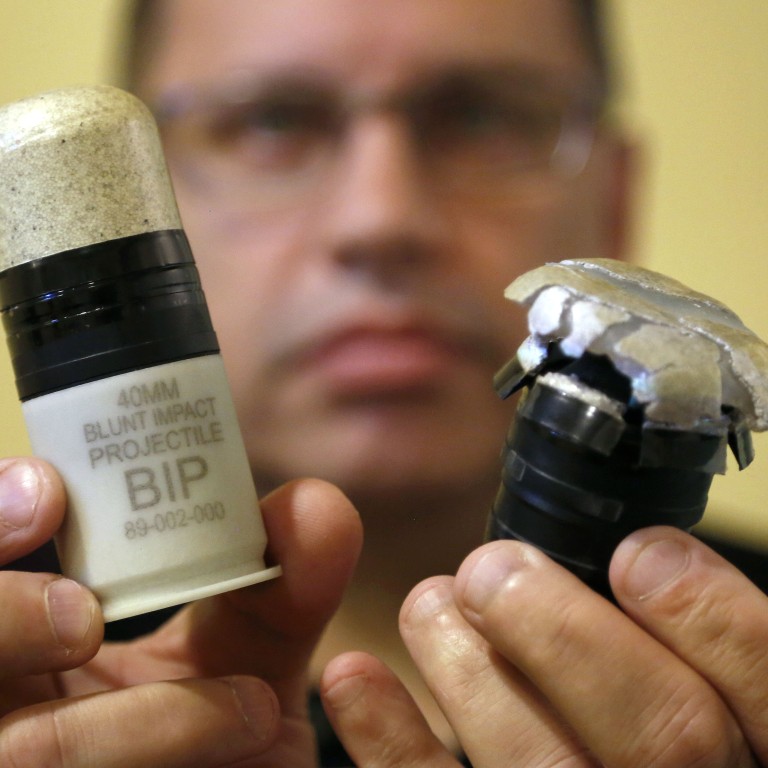
Stunning alternative: Police seek non-lethal option from ‘blunt impact projectiles’
Police in more than 20 North American cities are testing the latest in less-lethal alternatives to bullets — “blunt impact projectiles” that stun or incapacitate suspects with excruciating pain but stop short of killing them. Or at least that’s the goal.
Police have long had what they considered “nonlethal” weapons at their disposal, including pepper spray, electric stun guns and beanbag projectiles. But even those weapons have caused deaths, leading to a search for “less lethal” alternatives. The quest has taken on new urgency in the past year amid furore over a string of high-profile police shootings of black men.
Micron Products Inc, a wholly-owned subsidiary of Arrhythmia Research Technology based in Fitchburg, Massachusetts, makes the new ammunition, which are much larger than rubber bullets and have silicone heads that expand and flatten on impact, enhancing the pain and incapacitating a suspect.
The 40mm diameter projectiles, which are about the size of a roll-on deodorant, are fired from a launcher that looks like a tear-gas gun.
One executive of the company that patented the technology was a guinea pig and described experiencing the business end of a BIP as the “equivalent of being hit by a hockey puck.”

“It was like, ‘Ow!’ I had to shake it off,” said Allen Ezer, executive vice-president of Security Devices International, a defence technology company that hired Micron to make the projectiles, which were developed by a ballistics engineering company in Israel.
Sixteen law enforcement agencies in the U.S. and six in Canada have purchased the projectiles, including SWAT units of the Los Angeles County and Sacramento County Sheriff’s Departments in California.
“They want an option that bridges the gap between baton, Taser and their service weapons,” said Salvatore Emma, Micron’s chief executive officer.
The projectiles do not penetrate the skin, like conventional bullets, but they do cause pain and discomfort. Officers are trained to shoot the projectiles at arms and legs.
No one has been shot in the head with the projectiles at this point, and Sullivan acknowledged the possibility of a serious or deadly injury in the event of a close-range shot to the head.
The product has its limits. While it could subdue an armed suspect from a distance in a hostage or standoff situation, it probably wouldn’t be useful during sudden confrontations, said Toby Wishard, sheriff in Codington County, South Dakota, whose department bought the projectiles several months ago but hasn’t used them yet.
“This product is not practical to carry on a belt. You’d have to have the time to get it into place; then the opportunity would have to present itself for you to use it,” Wishard said. “I look at it as more of a specialised tool.”
The projectiles, with an average price of US$25, carry a variety of payloads, including a powder used in pepper spray, marker rounds used to identify riot agitators and a malodorant that smells like sewage.
Critics argue that such alternatives are merely a stopgap to a much bigger problem.
“I’m for less militarisation of the police, but the main problem and the main deterrent for these different incidents of police violence is holding the police accountable,” said Brock Satter, an organiser for Boston-based Mass Action Against Police Brutality.
